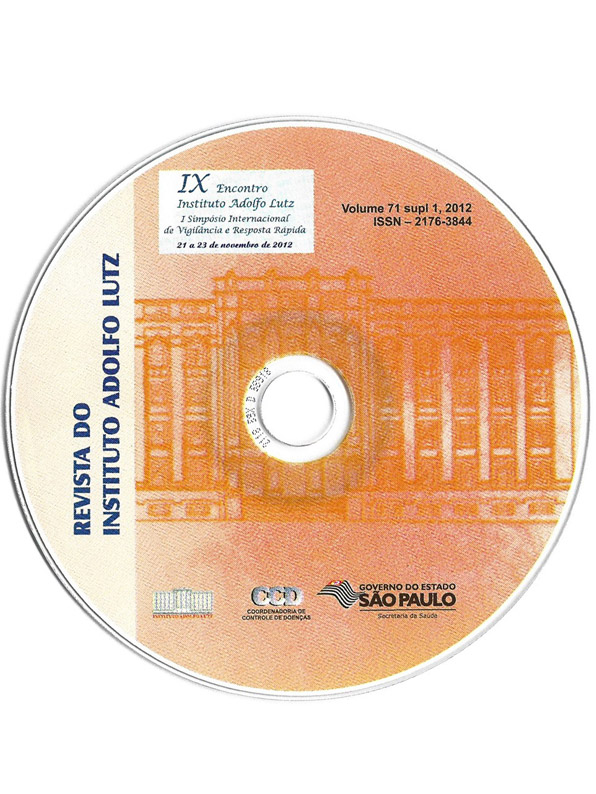Resumo
Background: HTLV-1 is endemic in some parts of Africa and Japan. The northeast region of Brazil is also considered endemic, and studies on HTLV-1 origin and dissemination showed that it was recently introduced in this region, most likely through the African slave trade. Brazil also has the largest Japanese population outside of Japan, almost 1.5 million. Therefore, we could hypothesize the introduction of HTLV-1 subgroups of such countries circulating in Brazil. The tax gene of HTLV-1 has been classi?ed into two genotypes: taxA and taxB which diverges according to geographic regions; for instance, taxB in Japan. In Brazil, taxA is the most prevalent genotype in symptomatic and asymptomatic carriers, and few studies have been conducted in HIV-infected patients. To gain further insight into the history of HTLV-1 in Brazil, especially in the at-risk population infected by HIV-1 in the south and southeast regions, we conducted the present study. Material and Methods: The study population consisted of 13 HIV/HTLV-1-coinfected patients; five from Londrina (south) and eight from Sao Paulo (southeast). Molecular characterization of the tax gene (1059 bp) was conducted by NCBI-Genotyping tool website and phylogeny. Results: The resultscon?rmed the transcontinental HTLV-1 subgroup A of the Cosmopolitan subtype. High nucleotide similarity both among Brazilian sequences and in relation to the ATK prototype (99.5% and 99.2%, respectively) was detected. Six nucleotide substitutions that characterize the taxA Brazilian molecular signature were highly conserved among isolates, ranging from 76.9% to 100%: C7401T, T7914C, C7920T, C7982T, G8231A, A8367C (GenBank: JN 887698-JN 887710). Conclusions: The presence of the Brazilian molecular signature of genotype taxA was con?rmed in all of the isolates, and they clustered into two Latin American clusters, which con?rms the double introduction of HTLV-1 in Brazil. Support: CAPES (PhD fellowship toMCM), CNPq (PD fellowship to ACA #303328/2009-6 and grant #481040/2007-2), IAL (grant#39/07).

Este trabalho está licenciado sob uma licença Creative Commons Attribution 4.0 International License.
Copyright (c) 2012 MC Magri , LFM Brígido , R Rodrigues , HK Morimoto , A Caterino-de-Araujo
